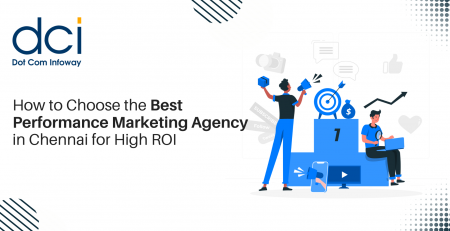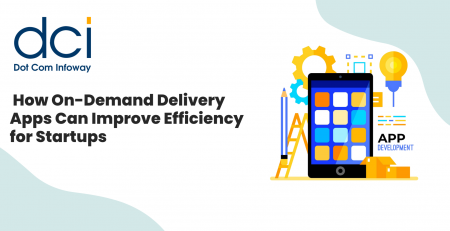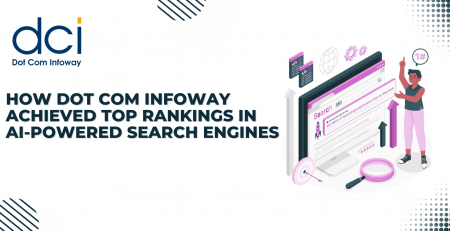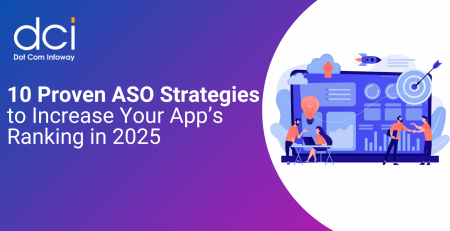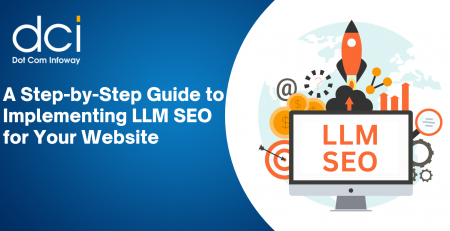ASO and SEO Are More Different Than You Think and Here’s How to Leverage Both
App store optimization and search engine optimization both share the same goal of boosting the traffic or downloads of an app. Yet that’s where the similarity technically ends. What’s sure is that you can and should focus on both techniques so that you can unlock better routes to your goals.
The fact that SEO and ASO function as your main tools for success makes it necessary. Successful Mobile App Marketing company can attest to the efficacy and lucrativeness of a campaign that manages to attain perfect harmony between the two. You may just be able to bring it about in your campaign by simply taking the time to remember the points we have shared in this article.
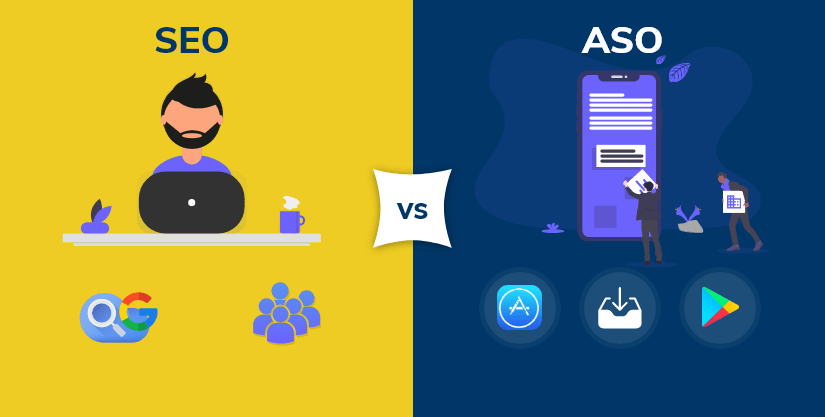
Your App Should Be Readily Accessible
It’s never enough to get your app accepted into either the Play Store or App Store, even though getting this done is not without its share of struggles already. Being able to put your app in front of your target audience is the essence of both SEO and ASO. Your target audience, in this case, should be composed of people who you are sure will find value from the features offered by your app. These are people who search, download and get a specific problem solved by your app.
SEO and ASO done right means your app occupies the top spots for relevant searches. The former focuses on search engines while the latter is solely concerned with the App Store and Play Store. And central to both is the use of keyword research and the strategic placement of these keywords in your app listing or website.
What Are the Two Main Factors that Divide SEO and ASO?
While both techniques both serve as guides for search algorithms to determine your app’s placement on search results, the methods that SEO and ASO use to arrive at that vastly differ. To gain a clear view of this difference, we need to discuss the two main factors that outline that distinction. These are mainly: what app owners can optimize (the nature of optimization, in other words) and the whole intent of each search query. Here’s an explanation of both.
Nature of Optimization
When it comes to ASO, the only element you can practically optimize for is the details found on your app’s listing. This is comparatively limited compared to what you can optimize via SEO. On SEO, your entire website can be built and modified with it in mind. There’s often very little by way of constraints involved because you have ready access to your own content and have more freedom to decide on what to include on it (e.g. text, image, videos, etc.)
Does this mean that ASO is more complicated than SEO? In a way, the difficulty stems from the said limitation, but the downside of the latter is that it is usually more competitive as a result of its leniency.
ASO is not entirely devoid of advantages, though, because the more restrictive way it’s set up actually means there’s a significantly lesser chance for large companies to dominate the SERPs, which is often the case for SEO.
Search Intent
The next area that you need to pay attention to is the types of searches that users of search engines and Play and App Stores enter into their respective search boxes. In terms of the broadness of scope, SEO is often more vast than ASO, because the user could either be searching for information rather than a tool that will solve his problem.
As it stands, ASO is concerned more with the latter because an analysis of search data in the App Store and Google Play often points to users searching for an app that will deliver a certain benefit for them. Oftentimes, it’s too overcome a given problem they currently have at the moment, either for personal or business reasons.
This is why in app store optimization, people often target keywords containing single words that involve a particular activity like “exercise”, “time management”, or “invoice tracking”. Contrast this with SEO where searches often include long-tail phrases like “how to lose weight” or “what are the top specialized e-bike insurance in X place”.
Optimizing for ASO
ASO is more concerned with the economy of words and minimalism because you only have so much that you can exert your influence on – namely, the app’s metadata. Once you have researched and pinpointed the keywords that you want to target, you can begin doing the following steps:
- Include the main keyword in the app’s name. This can be tricky because there’s a character limit, so keep things short and to the point.
- Add keywords to the subtitle as well. Even though it’s less impactful than the app’s name, it’s still a factor that the algorithm considers when determining what your app will be ranking for.
- Fill out the keyword list. Think of them as the spices that you need to add to the main (name) and secondary (subtitle) ingredients.

Wondering How to Get Your Website On the First Page of Google?
Dot Com Infoway provides a free consulting session, during which we will do a quick audit of the various aspects of your online presence and let you know how digital marketing can help you boost your business.
Optimizing for SEO
Content has always been and will remain the king of SEO. And the sky is pretty much the limit on what kind of article or topic you can use for SEO. Since you want traffic for your app, most of it should deal with the problems that your app can solve, for example, or you can be more direct by showcasing some of your app’s features and providing instructions for their use.
The most important part is for you to include the keywords you are targeting in every content, and you can rely on the following techniques to do this:
- Always include your top-priority keywords in the Title Tag. You’re practically signaling to Google what you want to rank for the most once you do this.
- You can bold the keywords, too, but do not make it should be infrequent at best.
- Headers should also include the keywords you are targeting as much as possible. But again, refrain from spamming them.
Always remember that you shouldn’t overdo the inclusion of keywords. Your website’s page will only be flagged as spam, and most likely will get de-indexed once you do so.
Always Place Equal Importance on Both ASO and SEO
ASO and SEO congruence generally leads to higher traffic and download volume, so it’s only logical to find a balance between the two. Yin and yang, in short. Otherwise, you’ll only end up with the shorter end of the traffic stick every time and this applies to both quantity and quality.
Conclusion
Once you learn to master both ASO and SEO, you’ll find that they’re not tremendously complicated as people make them out to be. The above pointers are but some of the basic steps you can take that are guaranteed to deliver the kinds of results you are looking for.
Related Articles:


